Electricity plans take shape for 2024
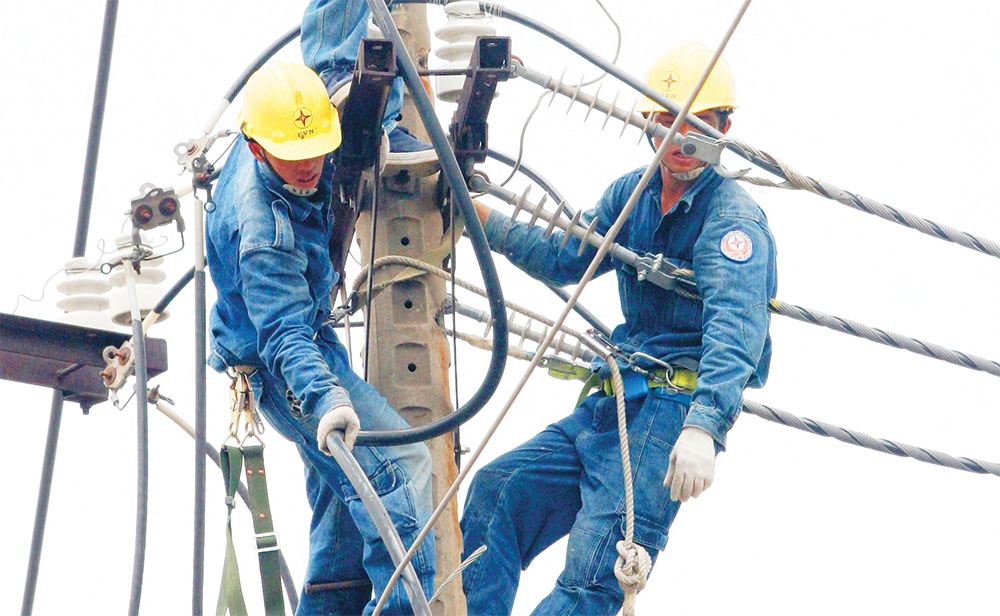 |
| Local authorities are being tasked to formulate scenarios on electricity supply every three months, photo Le Toan |
Prime Minister Pham Minh Chinh on October 28 worked with relevant ministries and agencies, as well as Vietnam Electricity (EVN), on ensuring sufficient electricity into 2024. “No continued shortages of electricity is allowed in any cases,” the PM stressed.
He tasked the Ministry of Industry and Trade and the Commission for the Management of State Capital at Enterprises to direct and approve the EVN’s plan on formulating detailed scenarios on supplying electricity every three months, and especially during dry seasons. “All scenarios must be feasible and highly predictable,” PM Chinh noted.
The PM assigned Deputy Prime Minister Tran Hong Ha to direct ministries and sectors to tackle obstructions related to electricity supply. Anything that cannot be solved due to lack of authority must be reported to the government for consideration.
The move comes amid the upcoming dry season creating water shortages for hydroelectricity plants, and the country’s weak power transmission lines, potentially causing blackouts as was the case in some regions this summer.
“Electricity shortages are becoming increasingly serious. Supervision activities by the National Assembly Standing Committee have pointed out potential shortages for the short, medium, and long term,” said Ha Sy Dong, a National Assembly (NA) member from the central province of Quang Tri.
“The National Assembly Economic Committee has also assessed that if there are no timely solutions for meeting sufficient power, electricity shortages will surely continue in 2024, especially during hot days,” added Dong, who is also Deputy Chairman of Quang Tri People’s Committee.
He underlined the need for the government to clarify the aftermath of recent power cuts so that a clearer picture can be seen in enterprises’ feeble performance, including difficulties in accessing electricity.
“For the national socioeconomic development plan of 2024, the government said that it will ensure sufficient electricity for the whole economy. But what will be the concrete solutions? I cannot find the answer to this in the government’s report sent to the NA,” Dong said.
In the report, the government only states that “there must resolutely be no electricity shortages for business and production activities, or for household consumption”, Dong pointed out.
The government has ordered the study, formulation, and submission for approval of policies and solutions to boost the implementation of power projects.
According to Dorsati Madani, senior country economist at the World Bank in Vietnam, one of the biggest priorities is to establish a stable power transmission system so as to ensure economic stability featured with stable production and a rise in investment. “Power is vital for production in Vietnam now, and it is also a significant input for economic growth. Investors and enterprises don’t want to suffer from power shortage problems in the country. In the recent summer, sudden power cuts caused great losses of 0.3 per cent of GDP,” Madani said.
This is equivalent to around $1.4 billion, according to a World Bank report released a few months ago.
“The power sector has been an enabler of Vietnam’s fast and inclusive economic development over the past three decades. However, if power shortages and power cuts continue, Vietnam’s economic growth will continue to be undermined,” he stressed.
During May and June this year, northern Vietnam experienced recurrent power outages that affected households and enterprises on a large scale. In May, a peak demand supply deficit of 5.4GW occurred. The situation improved over June, and was resolved in July due to increased water availability.
Due to the low rainfall this year which dried up northern hydroelectric dams, severe power outages occurred in various regions of Vietnam, especially in industrial zones in the north.
Since there is no plan for new coal-fired plants despite the need for baseload expansion, the Power Development Plan VIII aims to increase power generation to 22,400MW by 2030 through liquefied natural gas/domestic gas power.
Besides this, explained Kubo Yoshitomo, senior representative at the Vietnam Office of the Japan International Cooperation Agency, the potential for additional development in hydropower generation is limited as solutions – including expansion of existing storage dams and irrigation dams – have been mostly carried out.
“Under these circumstances, renewable energy has widely been introduced on a private-sector basis, and offshore wind will be important for further expansion,” Yoshitomo said. “For the realisation of offshore wind, the establishment of a legal framework and pricing mechanism must be seriously considered as soon as possible.”
| According to EVN, Vietnam’s total produced and imported electricity output from September to the end of this year is estimated to reach 95.6-97.2 billion kWh, up by 9.9-11.8 per cent as compared to the same period last year. Cumulatively for all of 2023, the country’s total produced and imported electricity output is estimated to reach 281.9-283.6 billion kWh, up 5.1-5.7 per cent on-year and hitting 99.1-99.6 per cent of the year’s approved plan. |
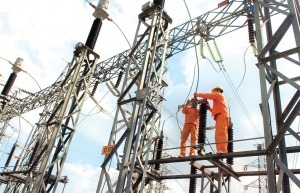 | Vietnam ramps up imports to diversify in energy security Vietnam is pushing to import electricity from neighbouring countries due to worrying power shortage concerns for the near future. |
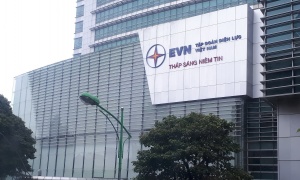 | EVN loses electricity monopoly, holding 37 per cent of total system capacity The state-owned Vietnam Electricity (EVN) has seen a reduction in its once-dominant role in the energy sector, as private investments, particularly in renewable energy, grow to comprise 42 per cent of the nation's power generation capacity in 2023. |
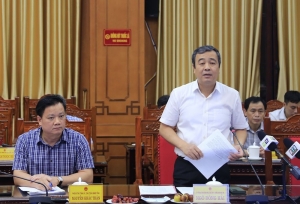 | EVN and EVNNPT to upgrade power transmission lines in Thai Binh Vietnam Electricity (EVN) will co-operate with National Power Transmission Corporation (EVNNPT) and Thai Binh People’s Committee to resolve the issues relating to the power transmission lines in the northern province. |
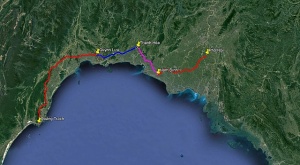 | EVNNPT prepares plans to implement 500kV projects The approval of the 500kV line for the Nam Dinh I-Thanh Hoa thermal power plant will help accelerate the construction of Circuit 3's Quang Trach-Pho Noi 500kV line project. |
What the stars mean:
★ Poor ★ ★ Promising ★★★ Good ★★★★ Very good ★★★★★ Exceptional
Related Contents
Latest News
More News
- Heavy industries set for pilot greenhouse gas quotas (December 25, 2025 | 10:00)
- Swedfund invests in MSME growth and climate action in Vietnam (December 19, 2025 | 11:42)
- GreenYellow brings solar energy to light up remote schools in Tuyen Quang province (December 19, 2025 | 08:00)
- Charge+, Grab partner to develop EV charging network in Vietnam (December 18, 2025 | 17:11)
- Linking sci-tech and innovation to Vietnam’s net-zero future (December 18, 2025 | 14:31)
- Driving double-digit growth through green and circular transformation in Vietnam (December 17, 2025 | 09:00)
- Standard Chartered and ACCA deepen collaboration to develop Vietnam’s talent for a sustainable future (December 15, 2025 | 18:18)
- Schaeffler reports strong early output from Dong Nai solar project (December 12, 2025 | 15:16)
- Forestry conference highlights biodiversity and sustainability goals (December 09, 2025 | 13:35)
- Home Credit honoured among top 10 sustainable companies in trade and services (December 09, 2025 | 12:18)

 Tag:
Tag:





















 Mobile Version
Mobile Version